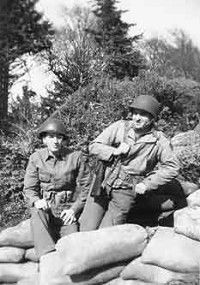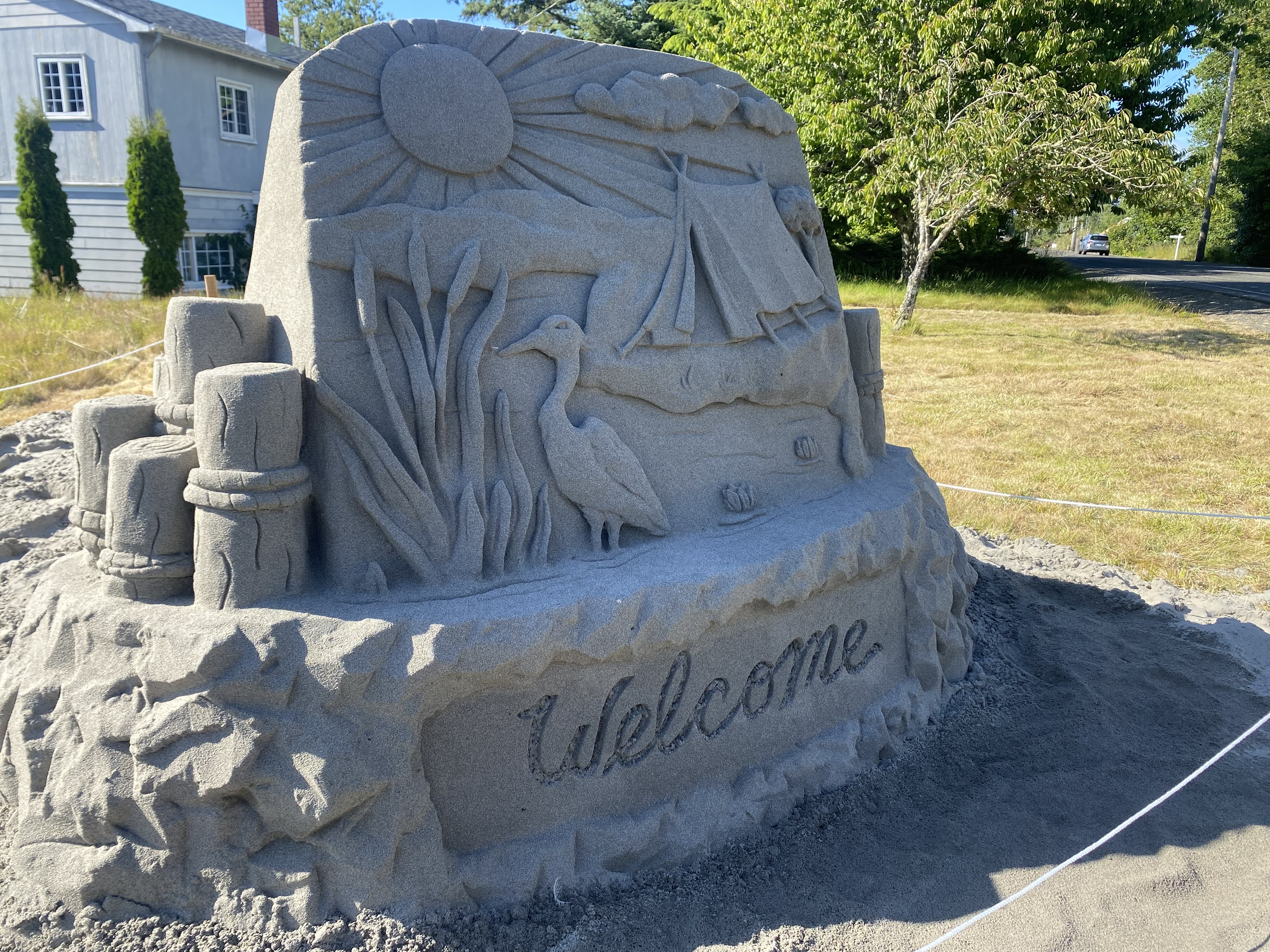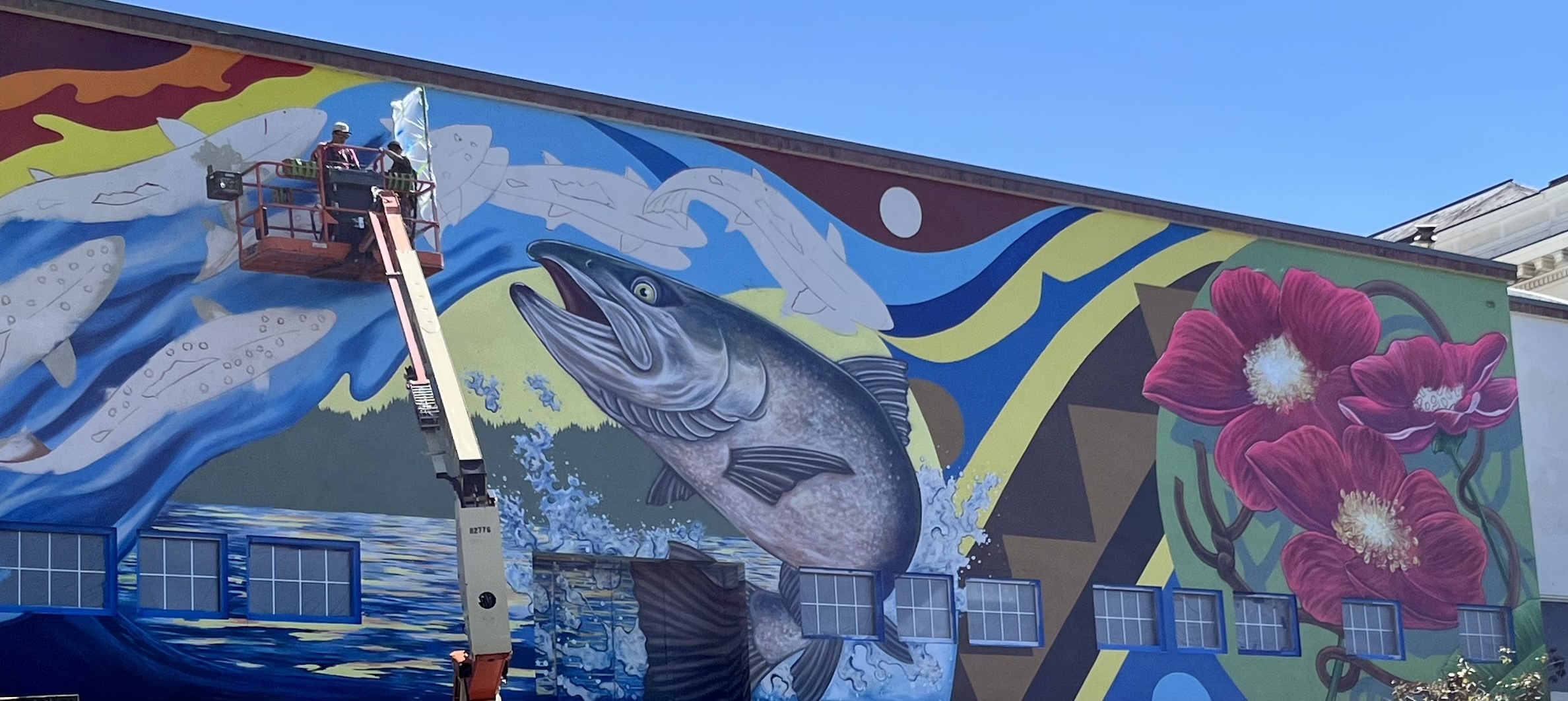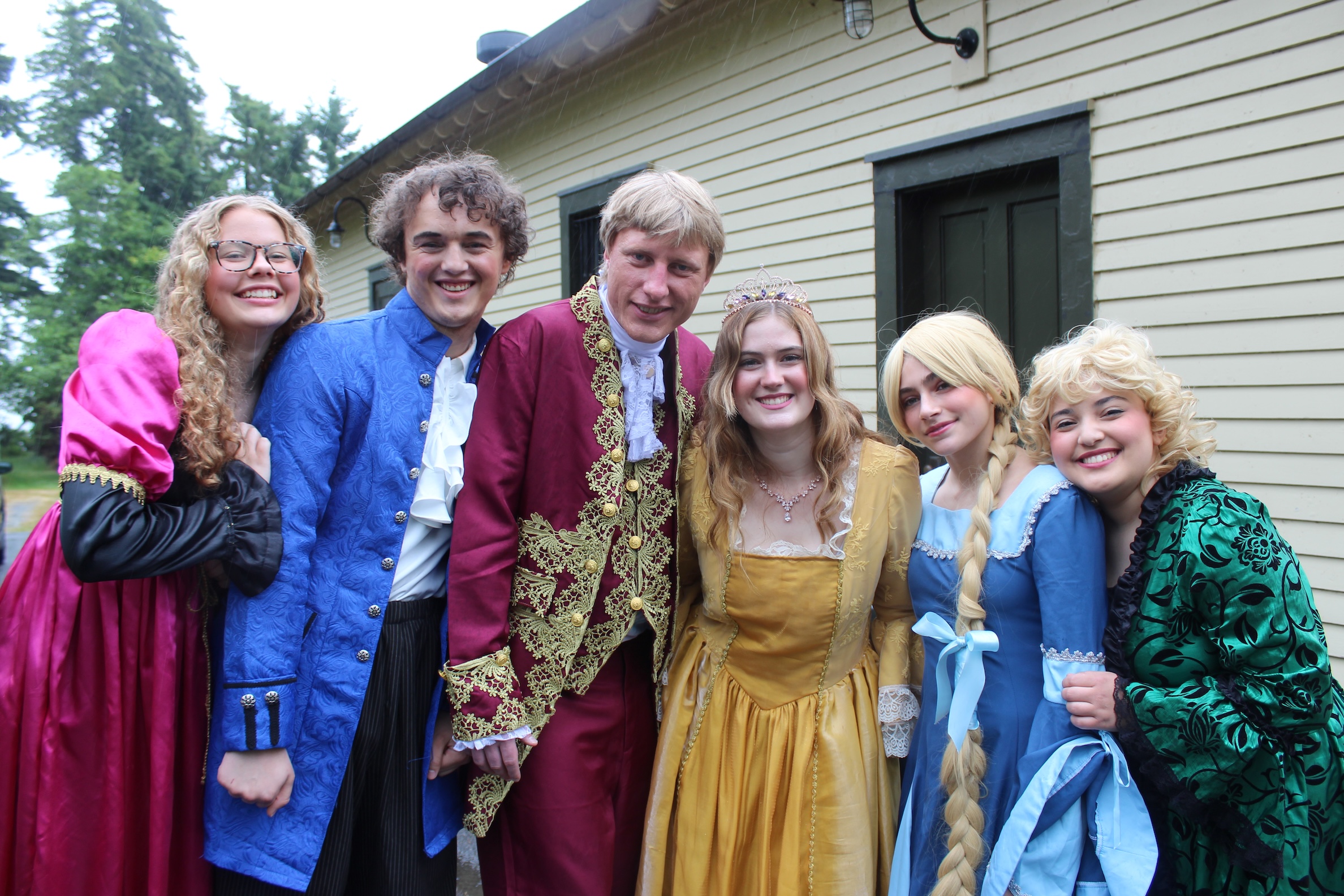Park Happenings: “Where’s Fort Canby?”
Published 2:07 am Tuesday, January 15, 2008

- These soldiers were stationed at Fort Canby during World War II. Meet living historians portraying such men at Battery Harvey Allen this Saturday. Photo Washington State Parks
ILWACO, Wash. – Over the past couple of years, I have frequently heard the question, “Where’s Fort Canby?” from visitors to Cape Disappointment State Park. Many people remember when the park was officially called Fort Canby State Park and they want to know why the name was changed. They don’t know what they’re getting themselves into when they ask this question; it’s not an easy answer. If you had the time and an interested audience, you could start with the Chinook names for the river and cape, or you could begin in 1775 with the Spanish explorer Bruno De Heceta, who named the headland “Cape San Roque,” and the opening “Assumption Bay.”
Trending
I often launch into this story with the fact that the cape was named in 1788 when the British fur trader John Meares was disappointed that he couldn’t find a channel into the opening in the coast he saw here. The headland on the north side of this opening didn’t stay “Cape Disappointment” for long. Four years after Meares’ missed opportunity, Captain Robert Gray sailed into the opening and named it “Columbia’s River.” Gray also renamed the northern headland “Cape Hancock,” after the famous Constitution signer John Hancock. It might still be “Cape Hancock” today, had Lewis and Clark not used the British name for the cape. They may have made this decision based on the charts they had, which had both British and American geographical information on them.
When the U.S. military constructed 22 cannons around the Cape Disappointment Lighthouse during the Civil War, the fort was unofficially known as “Fort Cape Disappointment.” It wasn’t until 1874 (86 years after Meares’ disappointment) that the cape was given the label, “Fort Canby.” The secretary of state officially renamed the fort to honor General Edward Canby, who was assassinated during the Modoc Indian Wars. The moniker Fort Canby was to stay with the landscape for the next 129 years. Even when the fort was closed after World War II, the state park that took its place continued the military name.
Then the Lewis and Clark Bicentennial arrived, and at the same time, a major “master plan.” The Washington State Parks Commission determined to honor the older history of the cape, and once again renamed the headland Cape Disappointment. So to find Fort Canby today takes a little bit more searching, but I have a couple of hints for you. The first would be to look for concrete; the second, visit the interpretive center.
Trending
The Lewis and Clark Interpretive Center at Cape Disappointment State Park opens a new exhibit Saturday, Jan. 19. “Where’s Fort Canby?” will show off dozens of historic maps drawn of Cape Disappointment over the past 233 years. This collection starts with a 1775 map drawn by Spanish explorer De Heceta, and ends with the latest Cape Disappointment State Park Master Plan map of 2003. Between these two vaguely related maps, the historical layers of the cape are revealed.
Local state parks house a collection of hundreds of coastal artillery maps. These maps range from an overview of all the structures of Fort Canby to the blueprints for the drainage system of a particular gun battery. The maps reveal how the cape has changed, or was changed by decades of construction and development, and are keys to identifying the many foundations still found scattered around the park. Historic photos complement these maps to give the visitor an idea of how each structure appeared when it was standing.
There is an additional benefit of visiting the new exhibit at the interpretive center on Saturday. Living historians will be stationed in and around Battery Harvey Allen, just outside of the center, portraying members of the Battery G 249th Coastal Artillery Corps soldiers stationed at Fort Canby during 1942. You will have an opportunity to interact with the crew and ask them questions about being stationed at the cape. This is the first time this group will hold a re-enactment at this site.
Although Fort Canby is no longer found on modern maps of the area, the history of this coastal defense fort has not been forgotten. Review the exhibit and meet with the living historians to learn more about where in the world Fort Canby is – or should I say “was?”
Jon Schmidt is an interpretive specialist at Cape Disappointment State Park. To contact him, call the Lewis and Clark Interpretive Center at (360) 642-3029 or e-mail lcic@parks.wa.gov
Cape Disappointment State Park, formerly Fort Canby State Park, is located two miles southwest of Ilwaco, Wash. The interpretive center is open from 10 a.m. to 5 p.m. Admission is $3 for adults or $1 for children ages 7 to 17. Children younger than 7 are admitted free.









